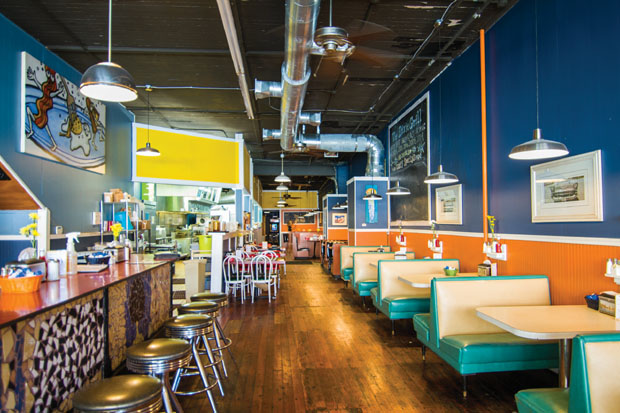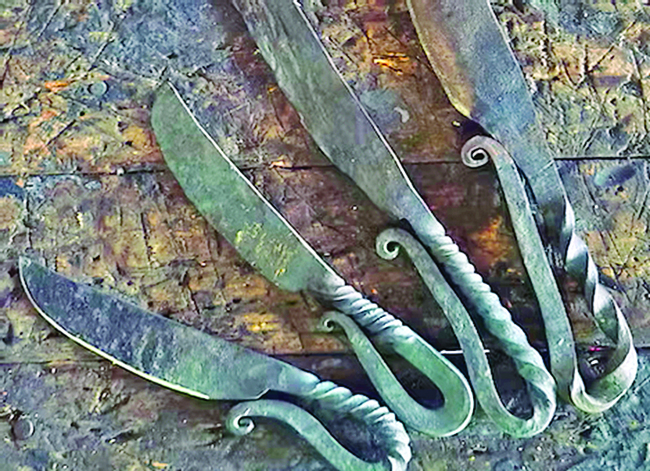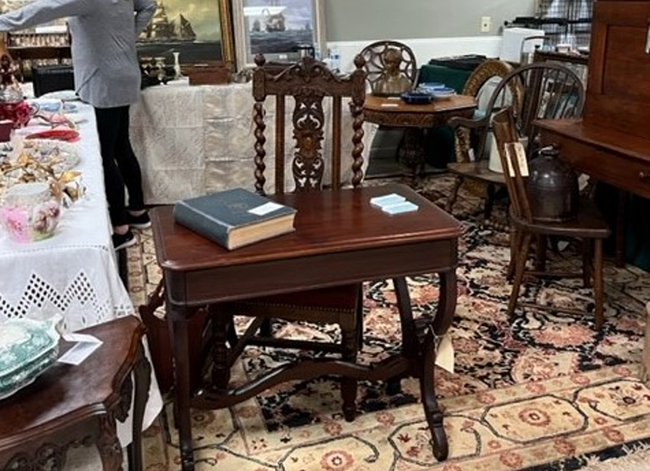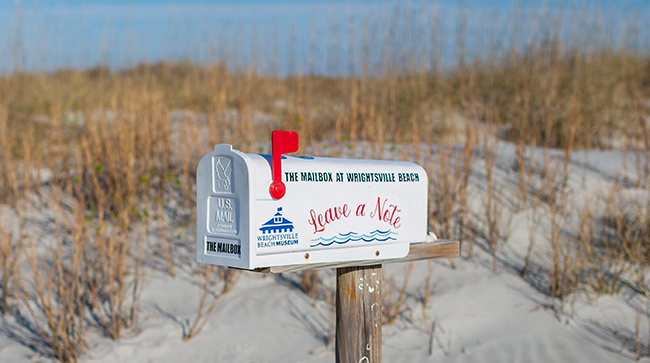Seeds of Time
21 May 2014
The Airlie Gardens attracts visitors from near and far, to tour their harmonious garden from seedlings planted hundreds of years ago
By JAMIE PENN » Photos by GARY BREECE
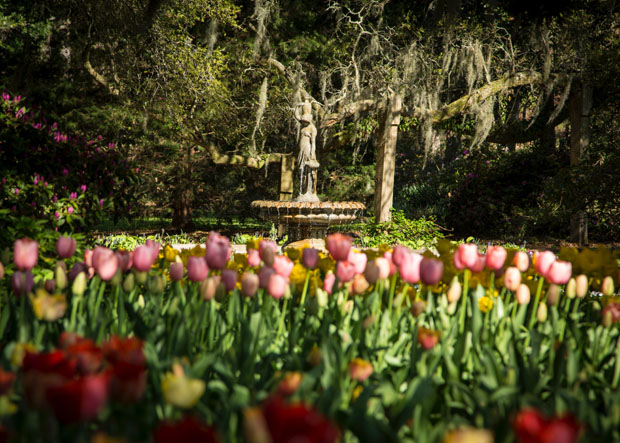
Airlie Gardens has a coastal history best-tracked by the 490 year-old Live Oak that towers over a sprawling green lawn, offering picnickers and visitors young and old an expansive reprieve from the spring and summer sun. The “Airlie oak” dates back to 1546, around 240 years before Airlie gardens was imagined.
Deeply Rooted
From owner, Thomas Henry Wright in 1836 to subsequent owners, Pembroke and Sara Jones in the late 1880s and early 1900s, the “seeds” that have been cultivated at Airlie over the years, were planted.
The quaint Mt. Lebanon Chapel, situated under a perfect canopy of trees, built by Wright on a 6-acre spit of land, has been restored through the years and has hosted hundreds of weddings.
Sara Green Jones, near the turn of the century, dreamed the garden that Airlie would become - one that follows the land, that harmoniously cohabitates with surrounding flora and fauna. She saw to it that 1,200 long leaf pines were planted; 500 live oaks; 5,000 camellias; and around a quarter of a million azaleas.
The wisteria, magnolias, and native azaleas inspired Jones to follow the beauty in the blooms that naturally graced the land. She saw to it that the theme continued.
The seeds that the Joneses’ employees, Mrs. Minnie Evans and her husband Julius, planted - Minnie, mimicking and recording the beauty that surrounded her in her vibrant, dream-like sketches from her seat at the gate, and Julius, guiding visitors through the Airlie’s wonders - are mainstays at Airlie today. The dreamy bottle house built by local artist Virginia Wright Frierson captures the essence of Evans’s art, twisting colors and light together in walls that surround a copper and rebar “tree” in the center of the house, all accentuated, of course, by the bright azaleas, and old, glossy-leaved camellias in surrounding beds. Flowers adorn the entrance and the grounds around this marvel. And, as for Julius Evans, the expansive knowledge that he acquired and shared with visitors of the past is now shared with visitors today by Airlie educators.
Tradition Continues
Sara Jones goal of preservation and harmonious gardening has carried through at Airlie. Over a hundred years later, Scott Childs, garden superintendent, works to find cultivars as close to home as possible.
“We definitely maintain a native focus. Right now, we’re adding a lot of flowering trees, redbuds, deciduous magnolias, some of which are native, and dogwoods. We’re working to restore the canopy that has been affected by storms over the years,” Childs said.
In February of this year, the first ever “tree mob” was organized at Airlie. Volunteers and Airlie employees planted over 400 trees on the property. This effort was recognized by the Wilmington Tree Commission and on April 1st of this year, Airlie was presented with the Wilmington Tree Commission “Tree Award”.
While all flowering trees and shrubs provide needed nectar for insects including the butterflies that inhabit Airlie’s butterfly house, Childs has shifted the southern azalea standard a bit by implementing a deciduous azalea garden to try to keep the blooms coming in keeping with Airlie’s roots.
In the inspiration phase of Sara Jones vision at Airlie, she had a deciduous azalea transplanted from the woods closer to her home, deciding that azaleas would be a mainstay in the garden. While deciduous azaleas are native to the coastal plain and the piedmont, there are now hundreds of evergreen cultivars, both of which can be found shaping Airlie’s beds.
The deciduous azalea garden, Childs says, could be in bloom as late as September.
Foundation for Growth
Airlie has been open to the public since 1999 and has seen more visitors every year. Last year alone, around 110,000 visitors passed through Airlie’s gates from all 50 states and 39 countries.
Janeen Powell, fundraising director for the Airlie Foundation, a nonprofit organization designed to offset the costs of improvements and programs at Airlie, says that attracting visitors and keeping them coming back, is a challenge that the foundation is happy to be a part of. The foundation supports 35% of Airlie’s operating costs.
Improvements and maintenance are the foundation’s focus.
While the Airlie butterfly house was funded privately as a gift to the gardens and the community, the foundation organizes and funds appropriate planting and maintenance of the house.
Most recently, the foundation has been focused on projects such as the new traffic circle at Airlie’s entrance, which adds beauty and function to the garden.
“Now that we have made Airlie accessible to tour buses, we’re working more closely with the North Carolina Motorcoach Association. We can now accommodate tourists arriving on cruise ships docked down at the Bridge Tender.”
The Airlie Foundation also heads conservation and preservation projects, such as the Milkweed program, that could serve to bolster the floundering monarch population. The Airlie Foundation has purchased thousands of seeds and soil blocks to provide area parks with milkweed that could help replenish the monarch population.
At Ease
So, this summer, whether it’s to catch a favorite band at one of the many concerts in Airlie’s summer concert series, to see Gary Caldwell’s stunning metalwork art throughout Airlie as a part of the “A Sculpted Garden” summer art exhibit, or just to breathe in a long history of garden love, don’t miss the opportunity to explore this time-honored natural wonder in all its flowering glory.
For more information about summer events go to arliegardens.org or call 910-798-7700.


